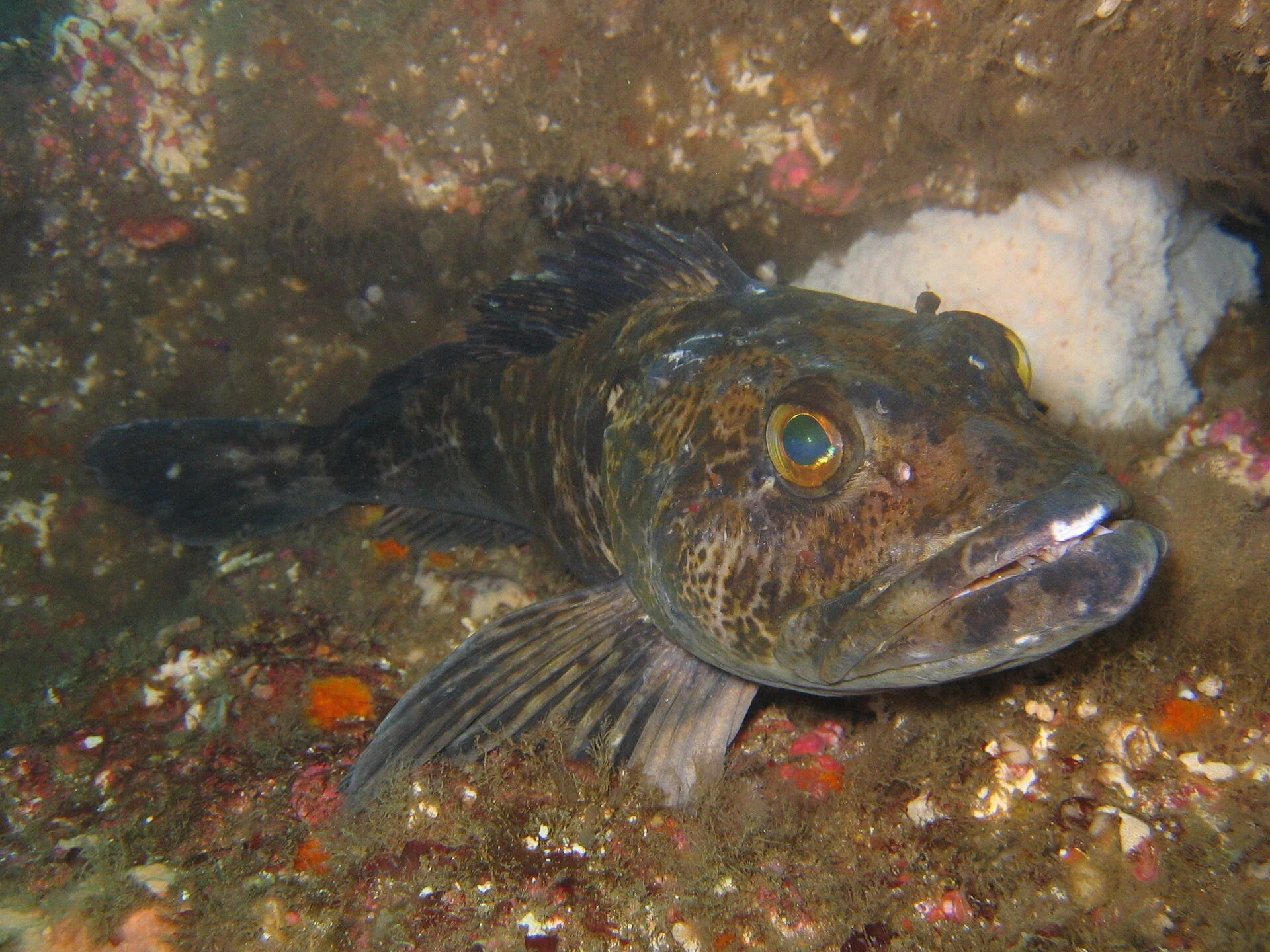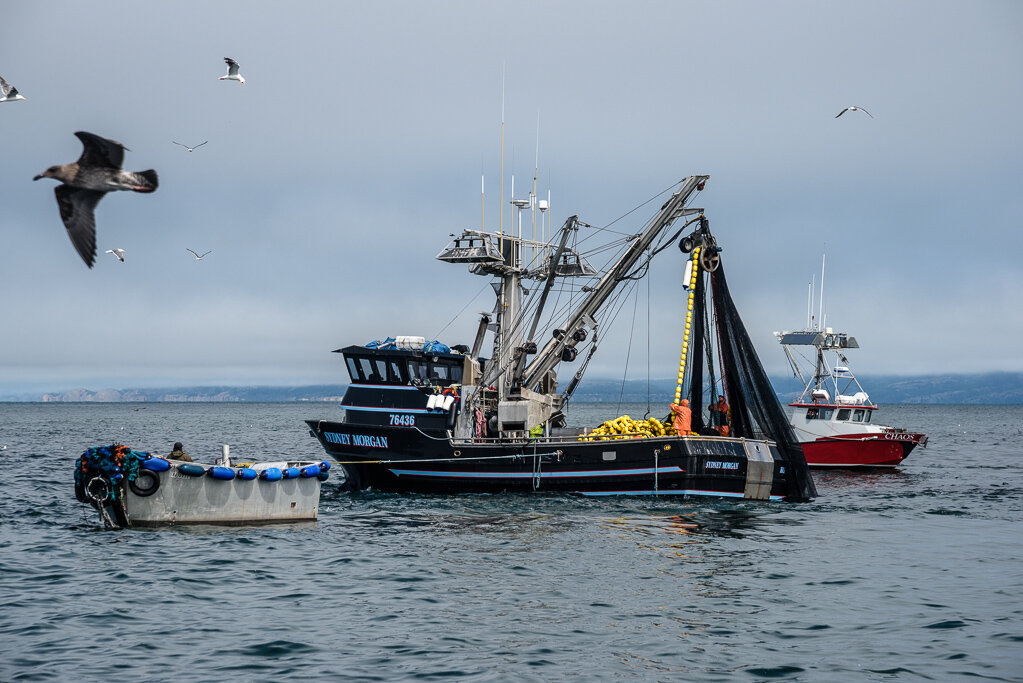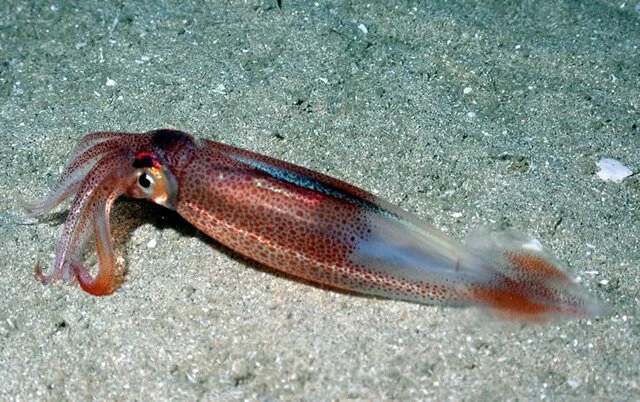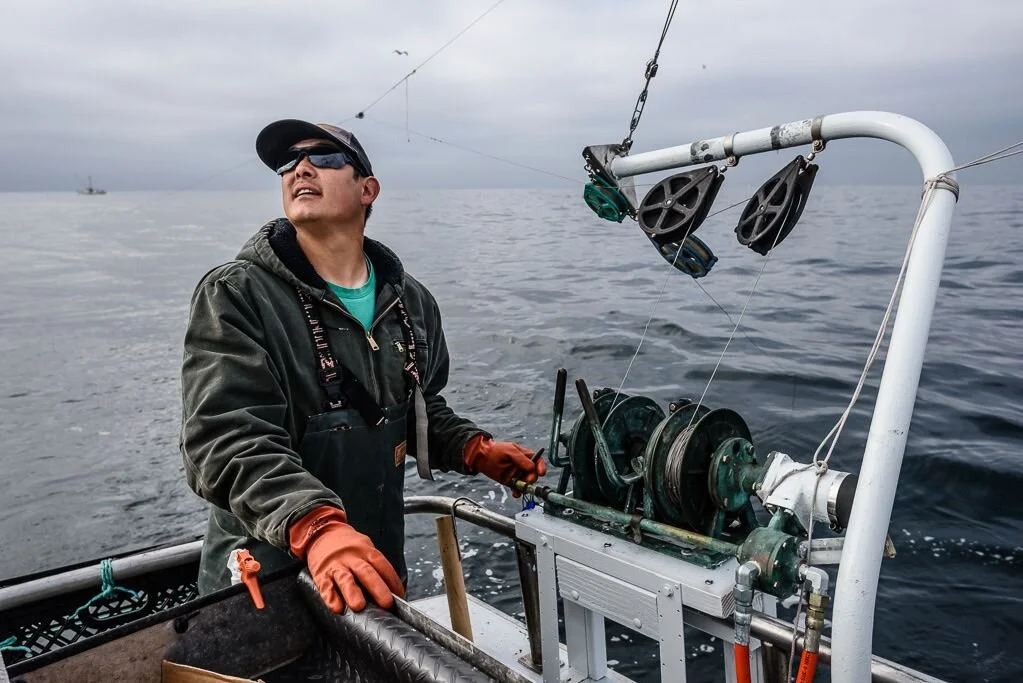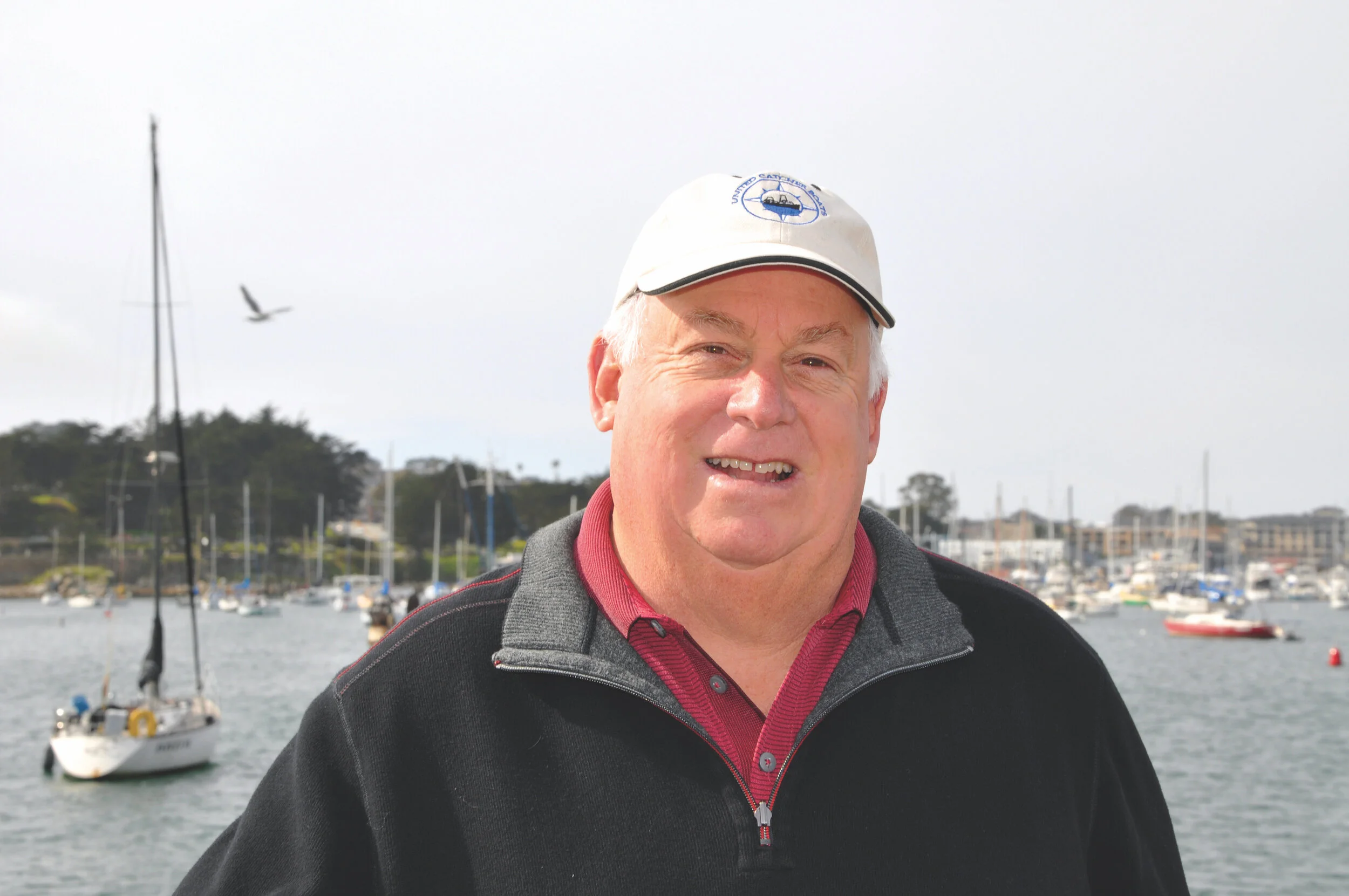Commercial fishing is unique: There’s no 9-to-5, no standardized wage, and no regularity to the schedule. In short, commercial fishing is a lifestyle more than a profession, and one that is tuned to the ebb and flow of the tide and the life cycles of wild fish. For many the water is not just an office, but a playground with a cadre of Monterey Bay fishermen also moonlighting as elite surfers who ride the giant—often 50-plus foot—waves of Monterey County and beyond.
Read MoreDungeness crab inhabits eelgrass beds and water bottoms on the west coast of North America, and offer a lot of rich, delicious meat. Enjoy cracked crab, or in chowders, omelets, crabcakes, etc!
Read MoreSablefish are a deep-sea species that live along the continental slope of North America from northern Mexico to the Bering Sea. With a flaky, oily flesh, mild flavor and a soft buttery texture, it’s becoming more popular in the U.S.
Read MoreAfter weeks of delay, due to the presence of migrating whales off the Central California coast, Monterey Bay’s Dungeness crab season is set to open Thursday, Dec. 16.
Read MoreWith big eyes, large heads, and gaping sharply-toothed mouths, lingcod have a ferocious appearance as well as a comical nickname: bucketheads. They’re not one of the most common species found on menus and fish counters, but those who know lingcod know they’re one of the tastiest fish around.
In partnership with California FarmLink (CFL), we recently released the California Small Fisheries Business Technical Assistance (TA) Toolkit. This document provides a foundation for how fisheries lenders can structure and offer TA services for fisheries businesses and potential borrowers.
Read MoreWe’re pleased to release the Monterey Bay Fisheries Trust 2020 Impact Report. It goes without saying, the COVID-19 crisis dramatically impacted just about everyone, including our community members who harvest, process, prepare, and distribute seafood. We’re proud of the Monterey Bay fishing community for its resolve and creativity to deal with unprecedented times.
Read MoreA trawl is a method of net fishing where a funnel-shaped net (much like a windsock) is towed behind the boat to capture fish. There are bottom trawls, which primarily target groundfish that live on or near the seafloor, and mid-water trawls (also known as pelagic trawls) that target fish in the mid-and surface water column like Pacific Whiting.
Read MoreLonglines in the Monterey Bay are used to catch fish that live near the ocean floor with hundreds of baited hooks set and left to soak from just a few hours to a whole day. Species harvested with this method include sablefish, rockfish, lingcod, flounders, and soles.
Read MoreContrary to popular belief, fishermen harvest much more than crab using pots and traps. While heavy Dungeness crab pots are the trap gear known most to those outside of the commercial fishing industry, plenty of fish are brought aboard with this gear type. These include sablefish, spot prawns, nearshore rockfish, and hagfish (aka slime eels).
Read MoreThe large sardine boats of yesteryear, which made Monterey’s Cannery Row famous, used purse seines. This fishing method is still a big player in Monterey Bay fisheries today and is used to harvest squid, sardines and anchovies.
Read MoreIf you see boats lighting up Monterey Bay at night, it’s likely squid vessels at work. Market squid is one of the most important fisheries in Monterey Bay. These sustainably harvested and versatile cephalopods are great battered and fried, grilled, sautéed, simmered in a marinara sauce, or cooked on top of bomba rice for paella.
In its most basic sense, trolling is the method of drawing lines with baited hooks or lures behind a boat for fish to bite. While this sounds simple, it’s far from it. All commercially harvested king salmon in California are caught by trollers, as are most albacore tuna.
Read MoreHey Monterey Bay fishermen, get involved with our Lost Gear Recovery Program! Partnering fishermen and women find and remove lost crab gear from the bay to reduce the risk of entanglements with marine life while highlighting environmental stewardship.
Read MoreWith the arrival of the F/V Queen Corinne in Moss Landing, we are hopeful that we’ll start to see less imported seafood in our supermarkets and more local, sustainable Dover sole, Petrale sole, rockfish, and more.
Read MoreGetting the most out of the local catch can sometimes mean going beyond boned, skinned, and pre-portioned sections. Here are the essential kitchen tools you need to take your seafood game to the next level, whether you’re buying from a local dock sale, a CSF, or a seafood counter.
Read MorePacific Dover sole carry a tasty mild, yet sweet, flavor and a firm, slightly flakey texture when cooked. They’re versatile, affordable, and abundant in the Monterey Bay and greater West Coast.
Read MoreAs with any local favorite steeped in regional culinary tradition, people have a lot to say on how they like their Dungeness crab. Here a few of the most classic ways to enjoy Dungeness crab. But we want to hear your stories and recipes! We’ll share your posts across our social media platforms.
Read MoreThe first line of this National Fisherman story on Monterey Bay Fisheries Trust board member Bob Dooley says exactly what we know about him: ”People tend to repeat certain words when they talk about Bob Dooley: generous, humble, knowledgeable, smart, nice, friend.”
Read MoreThis Monterey County Weekly story is a few years old, but it describes a Dungeness crab fisherman's routine in vivid detail. Here's an excerpt, but check out the full story by following the link to the Monterey County Weekly.
Read More





